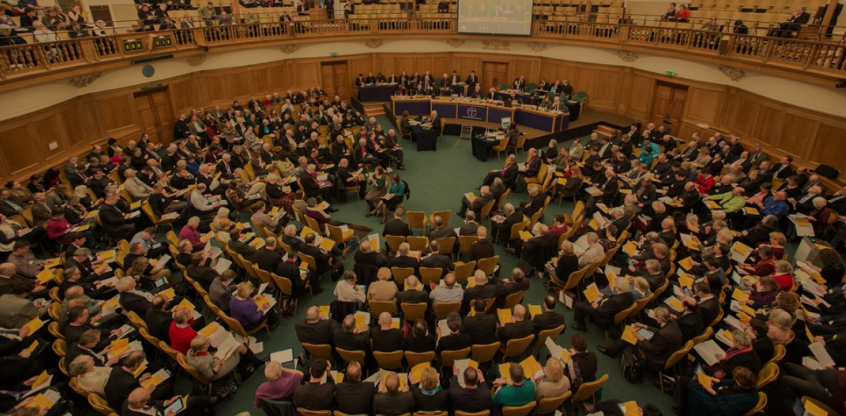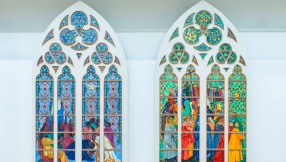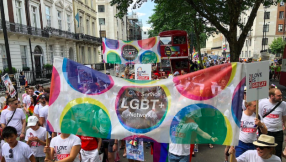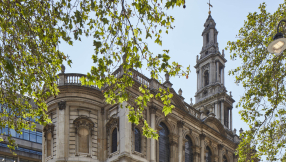
The clear and rational stance taken by the Roman Catholic Church in its document 'Male and Female He Created Them: Towards a path of dialogue on the question of gender theory in education' stands in contrast to the confused thinking of the Church of England.
In 2000, a male Church of England priest who had undergone a sex change (as it was then described), and assumed a female identity, was allowed to continue in ministry; while 2005 saw the first ordination of a post-operative transsexual to the priesthood.
Since the passing of the Gender Recognition Act 2004 into UK law, a number of weddings have also taken place in Church of England churches where one of the parties holds a Gender Recognition Certificate but both are of the same biological sex.
At a time when the word 'transgender' was not yet in common use, and transgenderism was regarded as a rare condition affecting a tiny proportion of the population, it was not considered necessary to expend a great amount of time or energy unpacking its implications. In concluding that transgenderism was no barrier to ordination or to marriage in church, the House of Bishops failed to anticipate the repercussions of their decision, as they could not have foreseen the future significance of transgenderism as a social phenomenon.
In July 2017, the General Synod debated a motion from the Blackburn Diocesan Synod, proposed by the Rev Chris Newlands, calling on the House of Bishops "to consider whether some nationally commended liturgical materials might be prepared to mark a person's gender transition". The debate was lacking in analysis but high in emotion, and included assertions that trans people would commit suicide if the notion was not carried—which it was, with a large majority.
In the end, the House of Bishops shied away from producing special liturgical resources to mark gender transition, but instead suggested that the existing rite for the Affirmation of Baptismal Faith could be used for the purpose. This was followed in December 2018 by official 'Pastoral Guidance for use in conjunction with the Affirmation of Baptismal Faith in the context of gender transition', produced by a committee chaired by the Bishop of Blackburn, Julian Henderson.
The publication of the guidance led to immediate protests, with clergy and laity signing an open letter calling on the bishops to "revise, postpone or withdraw" it. (The total number of signatures now stands at over 3,000.) The extent of the outcry seems to have come as something of a surprise to the bishops, who appear to have believed that, by declining to produce new liturgies but commending the use of existing ones, they were adopting some kind of compromise or 'middle way'. Indeed, Bishop Henderson himself declared that he no longer supported the guidance and apologised for the confusion caused.
Unhappiness continued to be manifested at the General Synod in February this year, as those opposed to the guidance, and to the Church of England's approach to transgender issues more generally, submitted a flurry of questions. In response to some of these, bishops on the one hand explicitly commended the use of the service for the Affirmation of Baptismal Faith to "mark" gender transition, while on the other hand asserting that it was to be used "in the context" of gender transition, but NOT specifically to "mark" it.
At the root of the confusion lie fundamental theological questions about our very nature as male and female, which have been neither clearly asked nor answered by the House of Bishops. As the Church's Living in Love and Faith project exploring human identity, sexuality and marriage proceeds, the bishops urgently need to unravel the mess, and revisit the matters that should have been more deeply explored almost 20 years ago.
Prudence Dailey has been a lay member of the General Synod of the Church of England since 2000.













